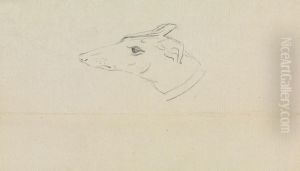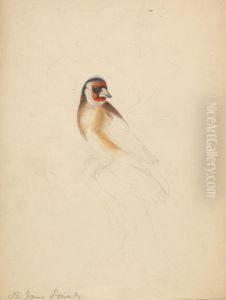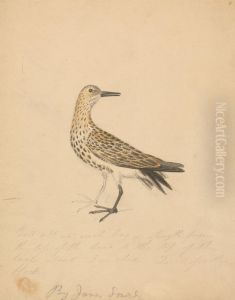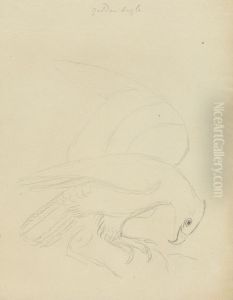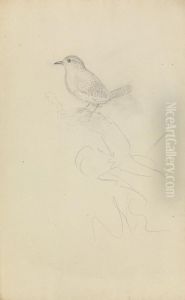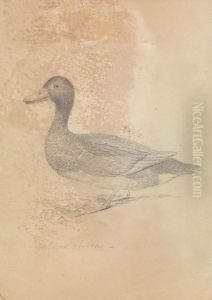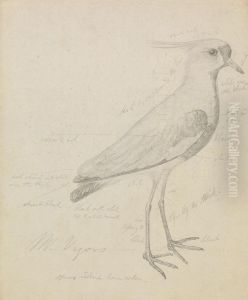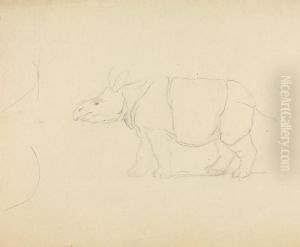James Sowerby Paintings
James Sowerby was an English naturalist, illustrator, and mineralogist, known for his contributions to the documentation of natural history through his detailed and vivid illustrations. Born on March 21, 1757, in London, Sowerby initially pursued a career as an artist by training at the Royal Academy. His keen interest in botany and the natural sciences, however, led him on a path that would see him become one of the preeminent scientific illustrators of his time.
Sowerby's work was instrumental in the burgeoning field of scientific classification and taxonomy that was developing rapidly in the late 18th and early 19th centuries. He collaborated with prominent scientists of his day, such as James Edward Smith, the founder of the Linnean Society, to produce illustrations for seminal works on botany, zoology, and mineralogy.
One of his significant contributions was his illustration work for the 36-volume 'English Botany' or 'Sowerby's Botany,' which he produced together with Smith. This extensive publication featured more than 2,500 hand-colored plates and was pivotal in disseminating knowledge about British plant life to a broader audience. His work extended beyond botany to include illustrations of fossils, shells, and other geological specimens, contributing to the early understanding of paleontology and geology.
Sowerby also published several works under his own name, including 'British Mineralogy,' which was the first comprehensive study of the mineralogy of Great Britain and contained detailed illustrations of minerals. In addition, he embarked on the 'Mineral Conchology of Great Britain,' which was continued by his sons after his death.
Beyond his artistic and scientific endeavors, James Sowerby was also involved in the collection and classification of specimens, amassing a significant collection of natural history artifacts. His work laid the groundwork for future studies in various scientific fields and set a high standard for scientific illustration.
Sowerby passed away on October 25, 1822, leaving behind a legacy as a foundational figure in the fields of natural history illustration and mineralogy. His family continued his scientific and artistic traditions, with several of his descendants also achieving recognition in these fields.






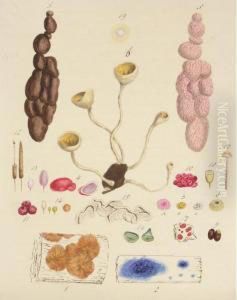
![[, . Flora Luxuriens Or The Florist's Delight. London, 1789-1791]](https://www.niceartgallery.com/imgs/1007104/s/james-sowerby-flora-luxuriens-or-the-florists-delight-london-17891791-ac526268.jpg)






